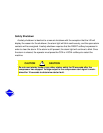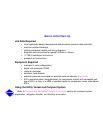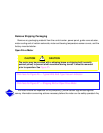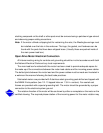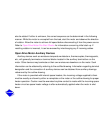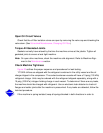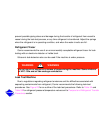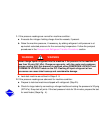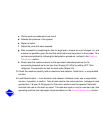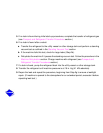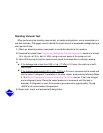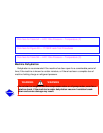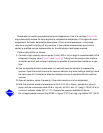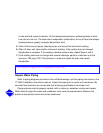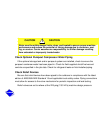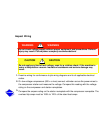
c. Plainly mark any leaks which are found.
d. Release the pressure in the system.
e. Repair all leaks.
f. Retest the joints that were repaired.
g. After successfully completing the test for large leaks, remove as much nitrogen, air, and
moisture as possible, given the fact that small leaks may be present in the system. This
can be accomplished by following the dehydration procedure, outlined in the Machine
Dehydration section.
h. Slowly raise the system pressure to the equivalent saturated pressure for the
surrounding temperature but no less than 35 psig (241 kPa) by adding HFC-134a
refrigerant. Proceed with the test for small leaks (Steps 3-9).
3. Check the machine carefully with an electronic leak detector, halide torch, or soap bubble
solution.
4. Leak Determination — If an electronic leak detector indicates a leak, use a soap bubble
solution, if possible, to confirm. Total all leak rates for the entire machine. Leakage at rates
greater than 1 lb/year (0.45 kg/year) for the entire machine must be repaired. Note total
machine leak rate on the start-up report. This leak rate repair is only for new start-ups. See
operating machine leak rate/repair recommendations in the General Maintenance section.



